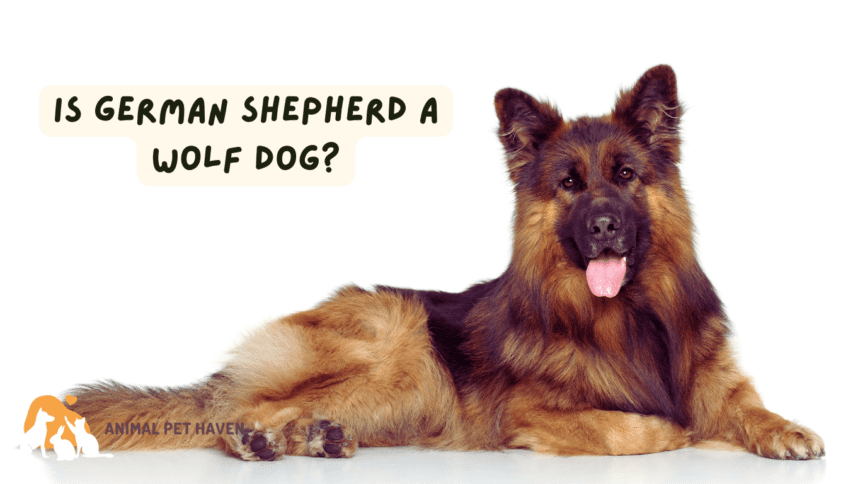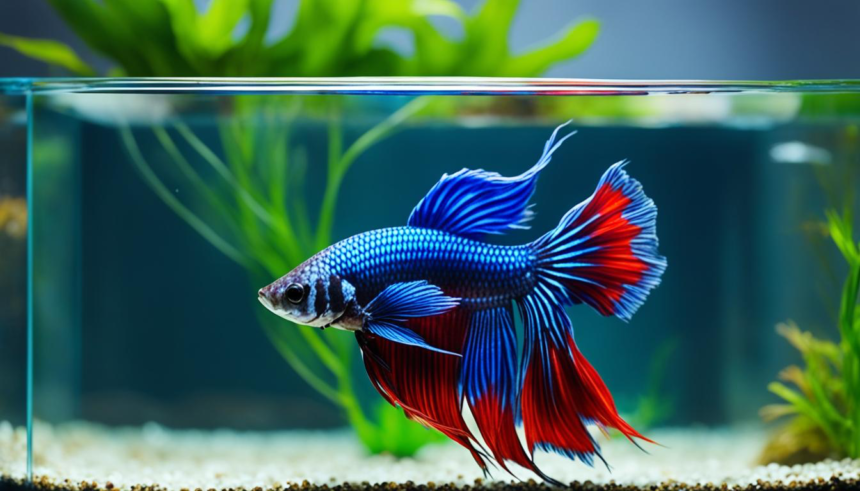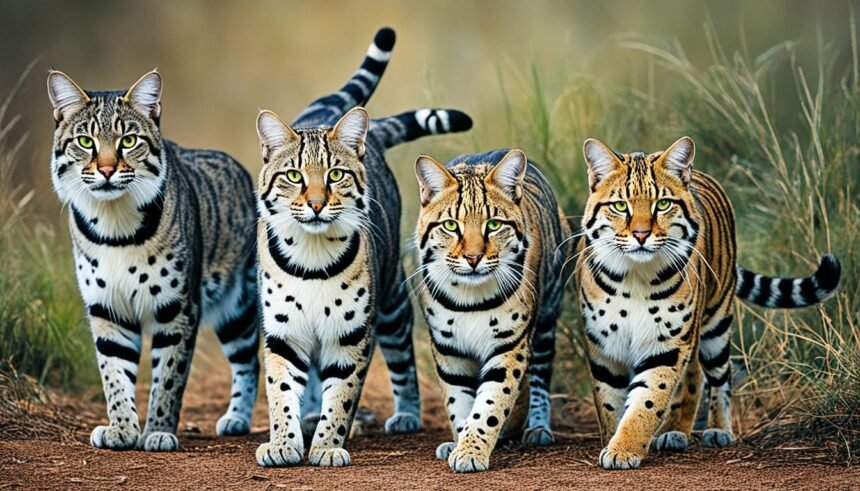The Persian cat is known for its long fur, sweet face, and calm nature. It has won the hearts of cat lovers everywhere. These cats are gentle and have beautiful, luxurious coats. They become more than just pets; they become part of the family.
This guide covers everything you need to know about caring for a Persian cat. It explores their unique traits and their fascinating history. It’s all about understanding and loving these beautiful felines.
Introduction to the Majestic White Persian Cat
Raising white Persian cats is a special task. They are stunning in beauty, showing pure grace and elegance. Their white coats are breathtaking, making everyone admire them. White Persians are symbols of luxury and royalty, not just pets.
Embodying Grace and Luxury
In many cultures, white animals are seen as angelic. This adds to the magic of these fluffy companions. With their stunning coat, white Persian cats show grace and luxury. They have a majestic presence that grabs attention, making them a joy for cat lovers.
A Symbol of Refinement and Sophistication
White Persian kittens and adults are more than pets; they are cat royalty. Their elegant feline looks and luxurious fur show refinement and sophistication. Experienced white Persian cat breeders work hard to keep the breed’s beauty and charm.
The white Persian cat shows nature’s beauty, a masterpiece that wins hearts. It’s a living wonder that captures the hearts of all who see these adorable kittens and graceful persian kittens.
The History and Origins of the Persian Cat Breed
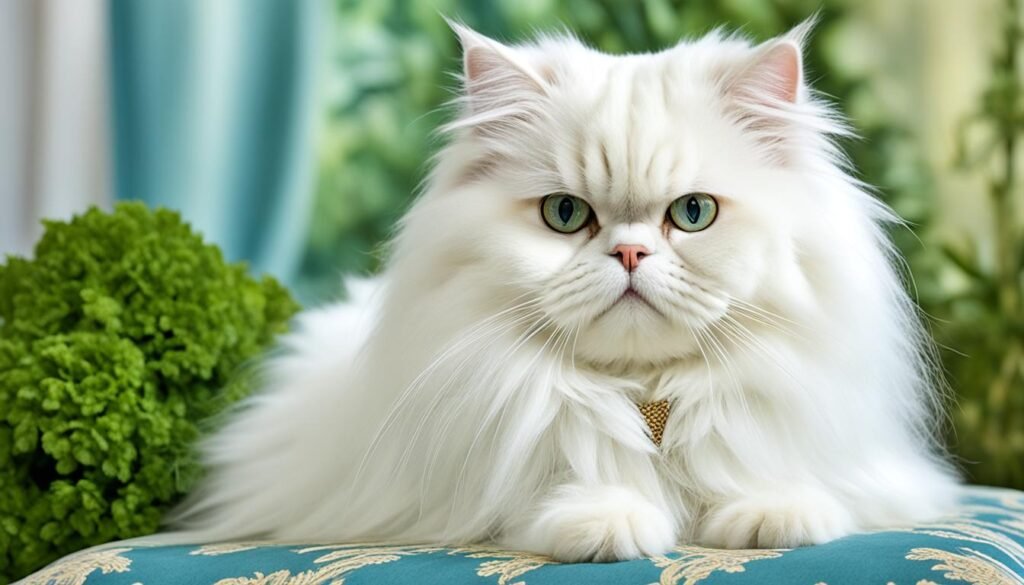
In the 1600s, European traders first met these exotic cats in Persia, now Iran. These long-haired cats won over the European nobility. They became symbols of luxury and elegance.
Tracing Back to Ancient Persia
The Persian cat’s true beginnings are a mystery, but hints suggest they were valued in Persia for ages. In 1839, Lieutenant Irwin mentioned a “Persian” cat type in Cabul and Toorkistan. Yet, they were rare in Persia itself.
Over time, careful breeding changed the Persian cat into what we admire today. Now, Persians share genes with European breeds like the British Shorthair, Chartreux, and American Shorthair.
Evolution Through Selective Breeding
The first cat show in 1871 at The Crystal Palace in London showcased the Persian cat as a unique breed. By 1889, breed standards were set, distinguishing Persians from Angoras by their tail length, coat fullness, and head size.
Over 150 years of breeding have shaped the Persian cat into a cherished pet. It’s now the fourth most popular cat breed globally, showing its lasting charm.
Physical Characteristics of the White Persian Cat
The white Persian cat is known for its beautiful, flowing coat and unique look. It has a sturdy, compact body, short legs, and a fluffy tail. These cats look regal with their flat faces and big, expressive eyes.
Luxurious Long Coats and Distinctive Features
The white Persian cat’s coat is its standout feature. It needs regular grooming to stay looking great. They have a broad, rounded head, small ears, and a short, snub-nosed muzzle. These features make them look cute and unique.
Coat Colors and Patterns
- The classic white Persian cat is a beauty, but they also come in many colors and patterns. These include solid, tabby, tortoiseshell, and bicolor.
- They can be solid colors like white, cream, blue, black, or red. Tabby Persians have cool striped patterns. Tortoiseshell cats mix different colors in a fascinating way.
- Bicolor Persians have a striking look with two colors. They often have a solid body and contrasting points on their face, ears, legs, and tail.
The Persian breed’s variety in coat colors and patterns makes them very popular among cat lovers.
The Gentle Temperament of the Persian Cat
The Persian cat is famous for its calm and peaceful nature. These cats love a quiet life and prefer to avoid busy activities. They are known for being loving and forming deep connections with their families.
Despite their elegant look, Persian cats are not aloof or independent. They love to spend their time with their owners, enjoying the love and attention they get.
Persian cats are loved for their gentle nature. They do well in peaceful homes where they can take long naps and play softly. They are great for families, singles, and those with kids or other pets.
Even though Persian cats are not very active, their loving nature makes up for it. They bond strongly with their families, often following them around and looking for cuddles. Their calm and loving nature makes them ideal for those wanting a loyal and friendly cat.
| Characteristic | Value |
|---|---|
| Average Weight | 7-12 pounds |
| Average Height | 10-15 inches |
| Average Lifespan | 15-20 years |
| Prone Health Issues | Eye conditions, respiratory issues, kidney disease |
| Percentage with White Coat | Data not available |
Caring for Your White Persian Cat
Owning a white Persian cat means you must be dedicated to grooming and watching their health closely. These cats are famous for their beautiful, thick coats. They need regular care to stay looking great.
Grooming Essentials
Brushing your white Persian cat’s fur every day is key to stop mats and tangles. Use a good metal comb to carefully go through their fur, especially in tricky spots like the armpits and behind the ears. Brushing does more than just keep their coat nice; it also cuts down on hairballs.
It’s a good idea to bathe your white Persian every two to six weeks to get rid of grease and dirt in their thick fur. Use a conditioning shampoo like Bubbling Blue to keep their coat soft and shiny. Before the bath, trim the fur around the anus to stop feces from getting on their coat.
Health Considerations and Veterinary Care
- Respiratory difficulties: Persian cats may have trouble breathing because of their flat faces. They need careful watching and might need special vet care.
- Dental malocclusions: It’s important to take your cat to the dentist regularly and brush their teeth. This helps avoid painful dental problems.
- Kidney disease: White Persian cats can be prone to kidney disease. They should have regular vet check-ups and get treatment quickly if needed.
Keeping grooming and vet visits positive can make them easier for your white Persian. With careful care and attention, your cat can stay healthy and happy for a long time.
Diet and Nutrition for Your White Persian Cat

Keeping your white Persian cat healthy and looking great means feeding them well. They need high-quality cat food full of proteins and essential fatty acids. The right food helps keep your Persian cat happy and their coat shiny.
A study by the Royal Veterinary College found 64.9% of Persian cats in the UK have health problems. Coat and dental issues are the most common. So, feed your Persian cat a diet rich in meat proteins and low in fats. This helps prevent health issues.
| Nutrient | Recommended Amount |
|---|---|
| Protein | 6 to 37 grams per day, depending on weight |
| Carbohydrates | Minimal to none |
| Fats | Minimal, with no harmful types like those found in fried foods |
| Preservatives and Additives | No chemical preservatives, taste enhancers, or artificial colors |
Persian kittens need special food with lots of high-quality meat proteins. Start weaning them between the 6th and 10th week. Adjust their diet as they grow, up to 18 years old.
Feeding your white Persian cat the right food and supplements keeps them looking regal. It also keeps them healthy and happy.
Creating the Perfect Environment for Your White Persian
Creating the right environment is key for your white Persian cat’s happiness. These beautiful cats love calm, stable places where they feel safe and comfy. They enjoy having their own spot, like a cozy cat tree or a quiet corner at home.
Even though they’re laid-back, white Persian cats need some exercise and mental fun. Toys like wand toys or puzzle feeders keep them curious and active. Playing with their owners also makes them happy and healthy.
Keeping their living area clean is important for white Persian cats. Their long fur needs daily brushing to avoid mats and keep their skin healthy. They need a comfy spot with good air flow and easy access to a clean litter box for their comfort and cleanliness.
| Environmental Factors | Importance for White Persian Cats |
|---|---|
| Calm, Stable Atmosphere | Persians thrive in a peaceful, low-stress environment. |
| Personal Retreat Space | Allows Persians to have their own quiet space to rest and recharge. |
| Interactive Toys | Helps provide mental stimulation and satisfies their natural hunting instincts. |
| Dedicated Grooming Area | Facilitates regular brushing to maintain the health and appearance of their coat. |
| Clean Litter Box | Ensures the comfort and hygiene of your Persian cat. |
By making a safe, comfy, and fun space, you can make your white Persian cat feel at home. With the right setup, you’ll create a perfect place for your beautiful cat to live happily.
white persian cat
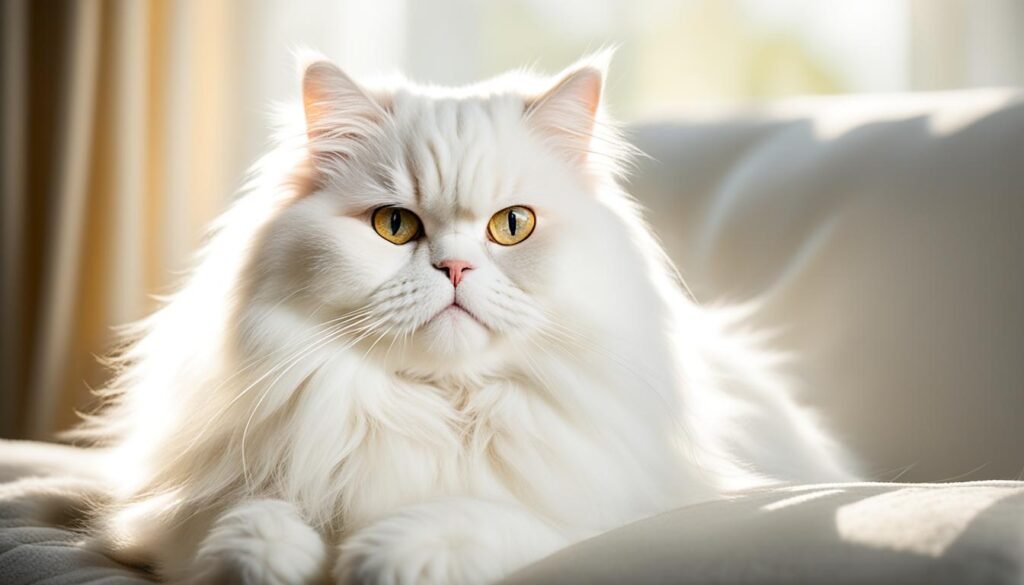
Owning a white Persian cat is a delightful experience. These cats have unique looks that need special care. Their long, luxurious coats must be groomed often to stay beautiful and prevent mats.
Providing Affectionate Care
White Persian cats love affection and company. They are calm and gentle, forming strong bonds with their owners. Showing them love and attention ensures they are happy and content at home.
Embracing Their Dignified Presence
The white Persian cat’s presence adds luxury and sophistication to any room. Their beautiful looks and calm nature are a joy. Creating a comfortable, stress-free home lets them show their grace and elegance.
Having a white Persian cat means making a commitment to their special needs. By understanding and meeting their needs, you can build a strong, lasting bond with these amazing cats.
Cost and Lifespan of White Persian Cats
How Much Do White Persian Kittens Cost?
White Persian cats are famous for their beautiful, long coats and their sweet nature. They are a favorite among cat lovers. The price of a White Persian kitten can go from $500 to $5,000 or more. This depends on the breeder’s reputation, the cat’s pedigree, coat color, and age.
For top-quality Persians or those with rare coat colors, you might pay a lot. But, getting a White Persian from a reputable rescue can be cheaper. Fees are usually between $100 to $400.
The Longevity of Persian Cats
A healthy White Persian cat can live 12 to 17 years with good care. But, their life can be shorter due to health issues. For example, they might get polycystic kidney disease (PKD).
Studies show that 64.9% of Persian cats have a health issue. Common problems include haircoat issues, dental disease, overgrown nails, and eye discharge. It’s important to take them to the vet regularly, feed them well, and keep their home stress-free. This helps your White Persian live a long, healthy life.
Knowing about the cost and lifespan of White Persian cats helps owners make good choices. They can give their cat the best care and home.
White Persian Cats as Loving Companions
White Persian cats are known for their loving and gentle nature. They are the picture of grace and sophistication. Their beautiful coats and sweet personalities win hearts everywhere.
For centuries, Persians have been loved as devoted pets. They are calm and gentle, perfect for families looking for a pet. White Persian cats love being around people and are often called “lap cats” because they love to cuddle.
When socialized early, white Persian cats get along well with kids and other pets. They are patient and gentle, making them great for families. They fit right in with their human and animal friends.
These cats like to be alone sometimes but also love attention from their owners. They use their voices and body language to talk to us. This deepens the connection between the white Persian cat and its owner.
If you want a loyal friend or a gentle addition to your family, the white Persian cat is a great choice. They will touch your heart and bring joy with their loving nature and elegant beauty.
Conclusion
The Persian cat is a beloved pet known for its beauty, temperament, and loving nature. Owning a Persian cat means understanding the costs, lifespan, care, and commitment involved. These cats, standing 10-15 inches tall and weighing 7-13 pounds, bring immense joy and are more than pets; they are cherished companions.
It’s crucial to give a Persian cat the love, care, and right environment for their best life. Their thick, luxurious coats need regular grooming. But, it’s worth it for their loyalty and companionship. Whether you prefer a show- or traditional-style Persian, these cats will capture your heart with their beauty and personality.
Welcoming a Persian cat into your life is a big commitment. With the right care and love, you’ll enjoy the unique pleasure of having these regal, loving felines around. Their presence will surely make your life richer than you ever thought possible.
FAQ
What are the key physical characteristics of the white Persian cat?
White Persian cats have long, luxurious coats and big, expressive eyes. They also have flat faces and a sturdy body. Their short legs and bushy tail add to their regal look.
What is the temperament of the Persian cat?
Persian cats are known for being calm and peaceful. They love a quiet life and enjoy relaxing for hours. Despite looking royal, they are very loving and bond deeply with their families.
How much do white Persian kittens typically cost?
Persian kittens can cost between 0 to ,000. The price goes up for show-quality cats or those with rare coat colours.
How long do Persian cats live?
With good care, Persian cats can live 12 to 17 years.
What are the grooming requirements for a white Persian cat?
Grooming is key to stop matting in Persian cats. Daily brushing with a good comb keeps their coat shiny and prevents hairballs.
Are Persian cats good with children and other pets?
If socialized early, Persian cats can get along with kids and other pets. They make great pets for any family.
What type of diet is best for a Persian cat?
A diet rich in proteins and fats is best for Persians. High-quality cat food supports their health and coat.
What is the ideal living environment for a Persian cat?
Persian cats do well in calm, stable homes. They like their own space but need gentle exercise. Interactive toys help keep them mentally active.








